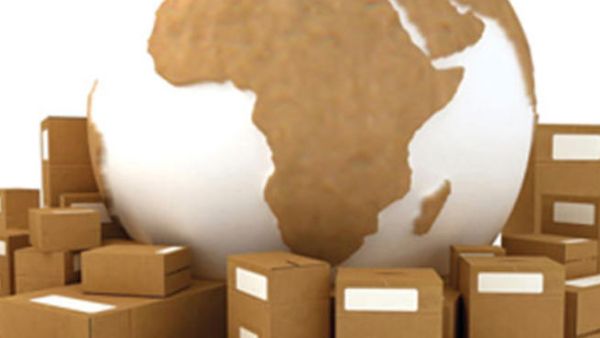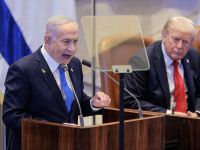The Dubai Government is planning to penetrate new markets in South America, Central Asia and East Africa to promote its trade by expanding export markets, a top government official told Gulf News. Trade with Dubai’s traditional partners such as Saudi Arabia and India has continued to grow while new markets such as Brazil, Kazakhstan, Australia and South Africa offer huge potential.
Saaed Al Awadi, CEO of Dubai Exports, said: “The government is looking to diversify and concentrate on different markets as it tries to guarantee exports to more markets while increasing market share in the existing ones.” Dubai exports and re-exports in 2010 were led by south and west Asia at Dh157 billion, followed by Arab countries at Dh48.4 billion, GCC countries Dh47.6 billion and western Europe at Dh37.5 billion, the 2011 edition of Dubai Export Monitor Performance Highlights said. However, Dubai’s export markets, by value, are highly concentrated in India and Switzerland, due to the export of gold to these countries.
Direct exports
The other direct exports go mainly to GCC nations as well as some other neighbouring countries. Further, there is a clear pattern of re-exports to Iran and Iraq, as well as a number of distant markets. Direct exports to south and west Asia are the most diversified and include gold, sugar, petroleum and aluminium while exports to the GCC are mainly food items. Top exports to Arab countries are mainly petroleum, plastic and gold. To western Europe it is precious metals, plastics and ceramics.
Gold, the top exported product by value, accounted for Dh38 billion or 56 per cent of direct exports. The other nine products, worth Dh14 billion in total, include waste and scrap of precious metals; sugar, sheets, films, foil and strip of plastics, petroleum, oil and related products, ferrous waste and scrap, polyacetals and epoxide resins, articles of jewellery and parts thereof, chocolate and other food products containing cocoa as well as wrought iron. The profile of trade by mode of transfer shows that air transport remains a significant export transfer mode. Around 60-70 per cent of direct trade (exports and re-exports) by value use air transport, as do 29 per cent of the free zone’s exports.
Road transfers
The information implies that direct trade comprises more of high value/low weight commodities, while free zone trade is more low value/large volume commodities which are exportable by sea. Road transfers make up a small percentage — about 1-2 per cent of direct trade, and 13 per cent of free zone trade. This indicates that free zone products are more competitive in GCC markets than products from Dubai, even though the former are not exempted from custom duties in GCC countries. The report showed that in 2010, exports sustained a continuous growth trend. Imports by Dubai and the free zone as well as re-exports reversed the decline witnessed in 2009. Al Awadi said: “Growth of direct exports and free zone exports both followed the trend of manufacturing GDP growth, suggesting that manufacturing growth was sustained by the growth in exports. “Exports acted as a safety valve for manufacturing growth.”
Higher value
Direct and free zone imports, which witnessed a large decline in 2009, recovered in 2010, but are still less than that achieved in 2008. Free zone exports, valued at Dh143 billion was characterised by low product concentration, however electrical apparatus, petroleum products and data processing machines make up a relatively high share. Top free zone export destinations in 2010 were south and west Asia at Dh40 billion, GCC at Dh33 billion and Arab nations at Dh28 billion, about 0.8 billion worth of goods were supplied by the free zone to duty free shops in the UAE.
-Dh157 billion :
Exports to south and west Asia in 2010.
-Dh38 billion :
Direct export value of gold.
-Dh40 billion :
Free zone exports to south, west Asia in 2010.
The profile of trade by mode of transfer shows that air transport remains a significant export transfer mode.








